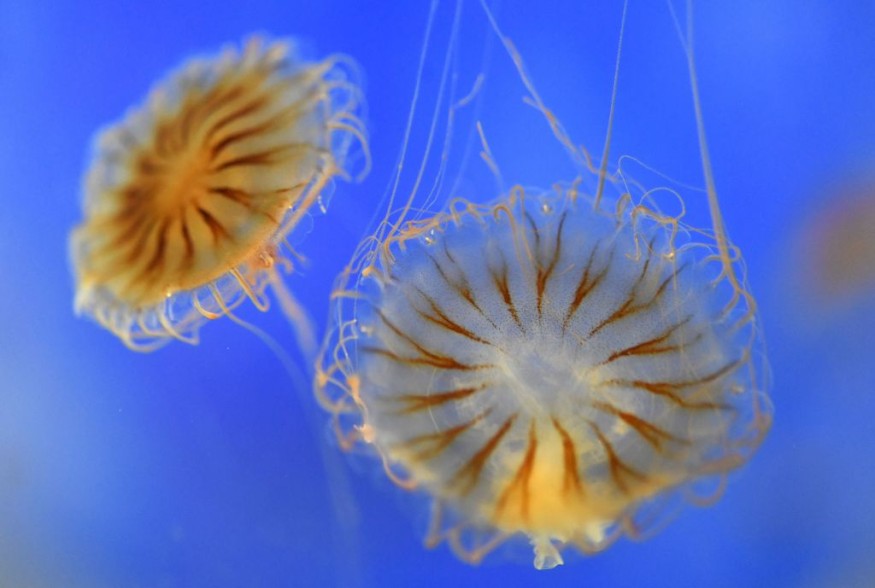Jellyfishes are that remarkable and unusual creature we see floating on ocean waters, similarly compared to a blob since its body is only composed of 5% solid and 95% water, as per the National Oceanic and Atmospheric Administration (NOAA).
With technological advancement and expansion of research on ocean ecosystems, a team of international researchers has discovered a new species of jellyfish in the Philippine waters.
The team identified the creatures' morphological characteristics.
Discovery of a New Species in Philippine Waters

According to the NOAA, jellyfishes do not have a brain or heart but it has an elementary nervous system that allows them the basic sense of smell, light detection, and response to stimuli.
These creatures are currently subject to various scientific research and exploration of other undiscovered species.
In a recent study, a new jellyfish species (Cassiopea mayeri) was discovered in the waters of the Philippines by a team of international scientists.
The scientists discovered that this new jellyfish species was thriving in the waters of Batangas, Cebu, Palawan, Olongapo City.
The new discovery was published in the journal Invertebrate Systematics on Jan. 31.
The new study was led by Dr. Edgar Gamero-Mora, a doctor of philosophy student at the University of Sao Paulo, Brazil, and two Filipino scientists from Australia and the Philippines.
Identification Through Morphological Characteristics
For humans, a person identifies another person based on their visual representation of their morphological characteristics, including facial features, skin color, height, size, and others.
For animals, scientists identify different species or groups of animals based also on their morphological features.
Morphological features or traits are certain physical appearance and structure of living organisms that they possess. In taxonomy, scientists focus on these features to compare and distinguish not only animals but also plants.
The study's research team was able to identify the new species by analyzing using multiple lines of evidence, including types of cnidae, macro-morphology, and molecular data.
According to the study, distinguishing jellyfish species is possible based on their morphological features.
Jellyfish and the Cassiopea Genus
The Cassiopea, also known as the "upside-down jellyfish," is a genus of the Cassiopeidae family group of jellyfish.
According to the new study, "Morphological variability within Cassiopea is well documented and has led to inaccuracies in the establishment of species boundaries in this taxon."
The Cassiopea includes several species, including the recently discovered Cassiopea mayeri-and other previously known jellyfish species such as Cassiopea andromeda, Cassiopea depressa, Cassiopea frondose, Cassiopea maremetens, Cassiopea medusa, Cassiopea mertensi, Cassiopea ndrosia, Cassiopea ornate, and Cassiopea ornate.
In a separate study published in the journal Current Biology on October 9, 2017, it was shown that Cassiopea is found across the tropical regions' shallow ocean waters and mudflats.
In addition, the study said Cassiopea rarely swim and prefers to remain stationary while floating upside down.
© 2025 NatureWorldNews.com All rights reserved. Do not reproduce without permission.





